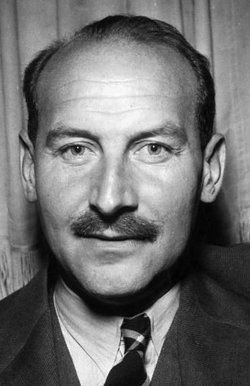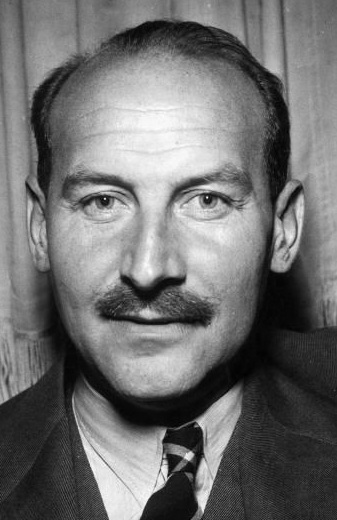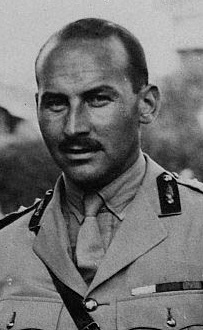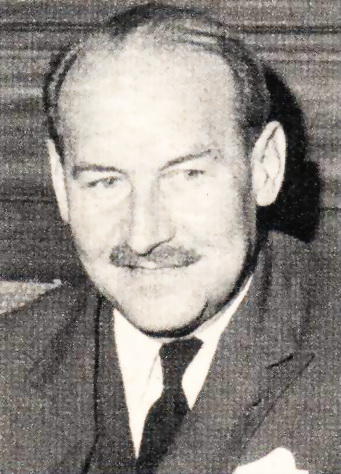Royal House of Oldenburg
Schleswig-Holstein-Sonderburg-Glücksburg
Eldest child and only son of Prince George of Greece and Denmark, and Princess Marie Bonaparte. He was the paternal grandson of King George I of the Hellenes and Grand Duchess Olga Konstantinova Romanova. He was the maternal grandson of Prince Roland Napoléon Bonaparte and Marie-Félix Blanc.
Born 4th in line to the Greek throne, throughout his life he had a problematic relationship with the Greek royal house. Consequently, he spent much of his life in Denmark and had very little contact with his Greek homeland.
Peter was a leading anthropologist, who specialized in Tibetan customs and beliefs. He held doctorate degrees from the University of Paris and London University, and published four books on anthropology as well as numerous articles in scholarly journals.
He spent more than three years on the borders of Tibet studying polyandry, a social system in which a wife has several husbands.
He participated in several important ethnological expeditions, and in Tibet he gathered an important collection of scripts that are now housed in the Royal Library at Copenhagen.
In business, Peter was Chairman and honorary President of Finansbanken, a Danish investment company.
His parents were deeply disappointed when he chose to marry a commoner and divorcee considerably older than himself, giving up his dynastic rights. His father refused to receive him or ever meet his wife.
Nevertheless, Peter married Irina Aleksandrovna Ovtchinnikova in Madras, India in 1939. The couple had a happy and devoted marriage despite the estrangement of Peter's family.
They made their home for many years at Lille Bernstorff, a small castle in Gentofte, Denmark, built in 1810-1811.
Peter died of a cerebral hemorrhage in London and was given a Greek Orthodox memorial service, but his body was preserved unburied for a year while negotiations were made for his burial.
The Greek government refused to inter him in the Tatoi Royal Cemetery in Athens, and he was ultimately buried in the park of Lille Bernstorff with the Danish royal family in attendance in 1981.
Peter and Irina had no children.
Royal House of Oldenburg
Schleswig-Holstein-Sonderburg-Glücksburg
Eldest child and only son of Prince George of Greece and Denmark, and Princess Marie Bonaparte. He was the paternal grandson of King George I of the Hellenes and Grand Duchess Olga Konstantinova Romanova. He was the maternal grandson of Prince Roland Napoléon Bonaparte and Marie-Félix Blanc.
Born 4th in line to the Greek throne, throughout his life he had a problematic relationship with the Greek royal house. Consequently, he spent much of his life in Denmark and had very little contact with his Greek homeland.
Peter was a leading anthropologist, who specialized in Tibetan customs and beliefs. He held doctorate degrees from the University of Paris and London University, and published four books on anthropology as well as numerous articles in scholarly journals.
He spent more than three years on the borders of Tibet studying polyandry, a social system in which a wife has several husbands.
He participated in several important ethnological expeditions, and in Tibet he gathered an important collection of scripts that are now housed in the Royal Library at Copenhagen.
In business, Peter was Chairman and honorary President of Finansbanken, a Danish investment company.
His parents were deeply disappointed when he chose to marry a commoner and divorcee considerably older than himself, giving up his dynastic rights. His father refused to receive him or ever meet his wife.
Nevertheless, Peter married Irina Aleksandrovna Ovtchinnikova in Madras, India in 1939. The couple had a happy and devoted marriage despite the estrangement of Peter's family.
They made their home for many years at Lille Bernstorff, a small castle in Gentofte, Denmark, built in 1810-1811.
Peter died of a cerebral hemorrhage in London and was given a Greek Orthodox memorial service, but his body was preserved unburied for a year while negotiations were made for his burial.
The Greek government refused to inter him in the Tatoi Royal Cemetery in Athens, and he was ultimately buried in the park of Lille Bernstorff with the Danish royal family in attendance in 1981.
Peter and Irina had no children.
Family Members
Sponsored by Ancestry
Advertisement
Explore more
Sponsored by Ancestry
Advertisement








